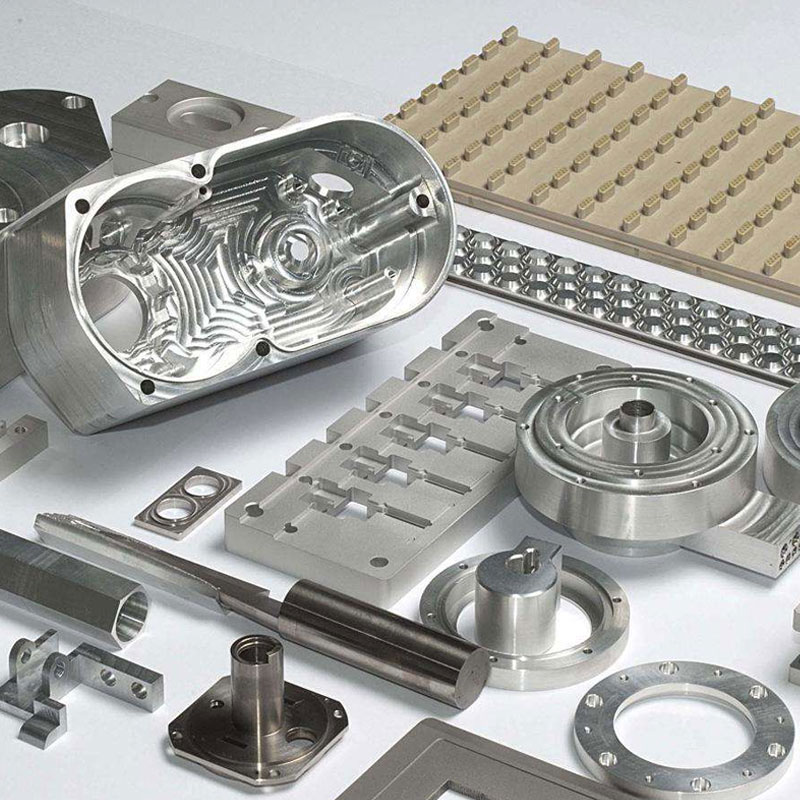Titanium is a very active metal.It has a strong affinity with carbon, hydrogen, oxygen, nitrogen, etc. at high temperatures.It produces brittle compounds such as titanium hydride, titanium carbide, titanium oxide, and titanium nitride in the weld, making the weld plastic. Toughness decreases. The thermal conductivity of titanium is small, the melting point is high, heat concentration is prone to occur during welding, and the residence time at high temperature is too long, which will cause the weld grain to be coarse and reduce the overall performance of the welded joint. Therefore, the welding of titanium must have good gas protection measures and reasonable welding parameters.
Butt welding process of titanium plate
(1) Processing the groove. Using V-shaped groove, 1 + 0. 50mm blunt edge, groove angle 30 + 2. 52. 5 °. The groove is machined by mechanical methods, and the surface must be free from defects such as cracks, delamination, and slag inclusions.
(2) Cleaning. Before welding, use acetone to clean the welding wire and the surface of both sides of the groove at least within 50mm, and weld within 2h, otherwise re-clean.
(3) Strictly implement the protection of the tail drag cover and the back drag cover during the welding process.
(4) Welding according to the welding parameters in Table 1, the welding wire does not swing during the welding process.
(5) Check the surface color of the welding seam after each layer is welded, and the welding layer with unqualified surface color should be removed and re-welded.
Evenly drill holes on the copper pipe and baffle of the protective cover to make the gas flow out evenly. The tail drag hood is added to the rear of the welding gun to strengthen the front protection. The back drag hood is placed on the back of the weld and moves according to the welding speed. The drag cover depends on the shape and size of the welding port. It is necessary to ensure that all the titanium plates in the high temperature area are placed in the protection, and the shielding gas must be input in advance and the gas can be stopped when the weld seam cools below 400 ℃.
Titanium is widely used in the marine industry because of its good corrosion resistance. There is a seawater cooler manufactured by China National Offshore Oil Corporation. The equipment parameters are as follows: heat exchange area 30m2, diameter φ400mm. Pipe media: sea water; design pressure: 1. 3Mpa; design temperature 35 ℃; main material: TA2. Shell side medium: natural gas; design pressure 1.0 Mpa; design temperature 175 ℃; main material: Q345R. Among them, the material of the tube side barrel section is TA2, the thickness is 10mm; the material of the tube sheet: TA2, the thickness: 45mm; the specification of the heat exchange tube is: φ19 × 2, the material: TA2. The heat exchange tube and the tube plate are connected by strength welding.
Most marine titanium alloys have excellent welding performance. In the application process of alloys, according to the characteristics of various alloys, the working conditions of the structure, the correct design of the joint form, the reasonable selection of welding materials, and the formulation of reasonable welding processes, provide good, reliable gas protection in welding high temperature areas and correct The use of stress relief measures is the key to ensuring a marine titanium alloy welded joint with excellent overall performance.
Titanium and titanium alloys are widely used in aerospace, petrochemical, shipbuilding, etc. due to their low density, high strength, and excellent heat and corrosion resistance. At present, high-performance aircraft and tanks are using titanium alloy parts, and the use of titanium alloy parts in the petrochemical sector is also gradually expanding. The application of titanium alloys in aircrafts, engines and petrochemicals parts inevitably requires the use of welding methods for connection, which is of great significance for expanding the application range of titanium alloys.

What’s your reaction?
Love0
Sad0
Happy0
Sleepy0
Angry0
Dead0
Wink0









